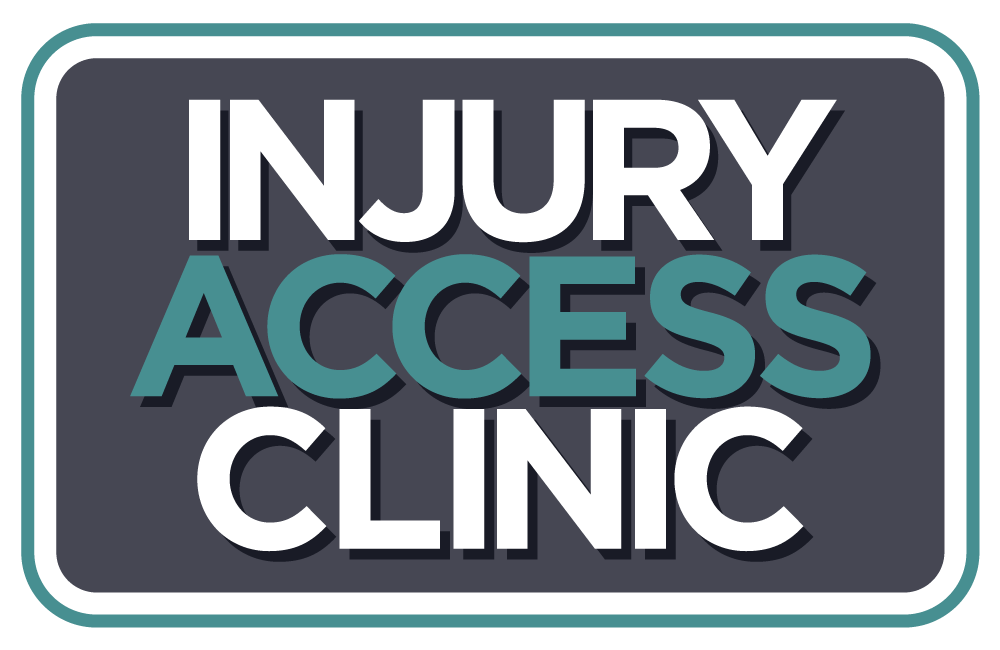FAST, EXPERT CARE WHEN YOU NEED IT
We offer our Injury Access Clinic at our Main Office Monday through Thursday, 8:00 a.m. – 4:30 p.m., and on Friday, 8:00 a.m. – 4:00 p.m.
We offer our Injury Access Clinic at our Main Office Monday through Thursday, 8:00 a.m. – 4:30 p.m., and on Friday, 8:00 a.m. – 4:00 p.m.

Health Articles
Health Articles
Each of the following health articles was authored by one of our expert orthopedic doctors at Orthopedic Associates. Please use the Learn More button to read the article in full.
Shoulder Resurfacing
This surgery replaces the damaged or diseased part of the humerus head (also known as the ball) with a metal implant.
Rotator Cuff Repair (Mini-Open, Supraspinatus Tendon-to-Bone Insertion)
This surgical procedure is used to repair a torn supraspinatus tendon, one of the tendons that forms the rotator cuff of the shoulder. During this procedure, the tendon is reattached firmly to the head of the humerus.
Rotator Cuff Repair (Arthroscopic)
This surgery repairs a tear of the rotator cuff in your shoulder. The rotator cuff is group of muscles and tendons. It holds the head of the humerus in the shoulder socket.
Reverse Total Shoulder Replacement
During this procedure, the surgeon replaces a damaged shoulder joint with artificial components that reverse the structure of the shoulder. This procedure is most often used for patients who have had a failed total shoulder replacement.
ORIF Surgery for Proximal Humerus Fracture
This surgical procedure repairs a break in the proximal end of the humerus. ORIF stands for Open Reduction Internal Fixation.
Mini-Open Rotator Cuff Repair
This surgical procedure is used to inspect and reattach torn tendons in the shoulder's rotator cuff. The initial part of the surgery is performed arthroscopically through small tubes. An open incision may be needed if the damage is severe.
Joint Injection (Therapeutic, Shoulder)
This outpatient injection procedure relieves pain in the shoulder and arm caused by arthritis, injury or disorder.
Intracapsular (Glenoid) Injection
During this procedure, a mixture of anesthesia and anti-inflammatory medication is injected into the space between the head of the humerus and the glenoid.
HemiCap® Resurfacing
This procedure uses a small, metal, cap-like implant to cover damaged or missing articular cartilage in the shoulder joint. Articular cartilage covers the joint surfaces of bones, allowing them to glide smoothly against each other.
Glenohumeral Debridement
This minimally-invasive procedure is used to remove tissue in the shoulder joint that has been damaged from arthritis, overuse or injury.
Distal Clavicle Excision (Resection, Arthroscopic Technique)
During this minimally-invasive procedure, the surgeon removes the end of the clavicle at the acromioclavicular joint in the shoulder. Removing this portion of bone will decompress the joint.
Diagnostic Arthroscopy (Shoulder)
This outpatient procedure is a minimally-invasive surgical technique commonly used to identify problems in the shoulder joint. It is performed with the aid of a specialized camera called an arthroscope.
Biceps Tenodesis
This surgery repairs a biceps tendon in your shoulder. It fixes a tendon that is partially torn, or completely torn, from the bone.
Bankart Repair
If you have a painful shoulder, you may have a torn labrum. That's a tear of the thick band of tissue around your shoulder socket. A torn labrum can be fixed with a procedure called a "Bankart repair."
Arthroscopic Capsular Release
This minimally-invasive surgery is used to help relieve pain and loss of mobility in the shoulder from adhesive capsulitis (frozen shoulder). A radiofrequency (RF) probe is inserted into the shoulder.
Artificial Cervical Disc Replacement (Prestige®)
This procedure replaces a diseased or damaged spinal disc with a specialized implant designed to preserve motion in the neck. This procedure can relieve the pain of pinched nerves in the cervical spine.
Artificial Cervical Disc Replacement (PCM)
(Caution: Investigational Device) A goal of this procedure is to relieve the pain caused by pinched nerves due to a damaged disc in the cervical spine. The diseased or damaged disc will be replaced with a specialized implant.
Anterior Endoscopic Cervical Microdiscectomy
This minimally-invasive surgical procedure, performed through a tiny hole in the neck, removes the bulging portion of a herniated cervical disc.
Anterior Cervical Discectomy and Fusion (Intervertebral Spacer)
This surgery removes a herniated or diseased disc and relieves neck and radiating arm pain caused by parts of the disc pressing on nerve roots.
Anterior Cervical Discectomy and Fusion (ACDF)
This surgery removes a herniated or degenerative vertebral disc in your neck and replaces it with a bone graft. This can relieve painful pressure on spinal nerves.
